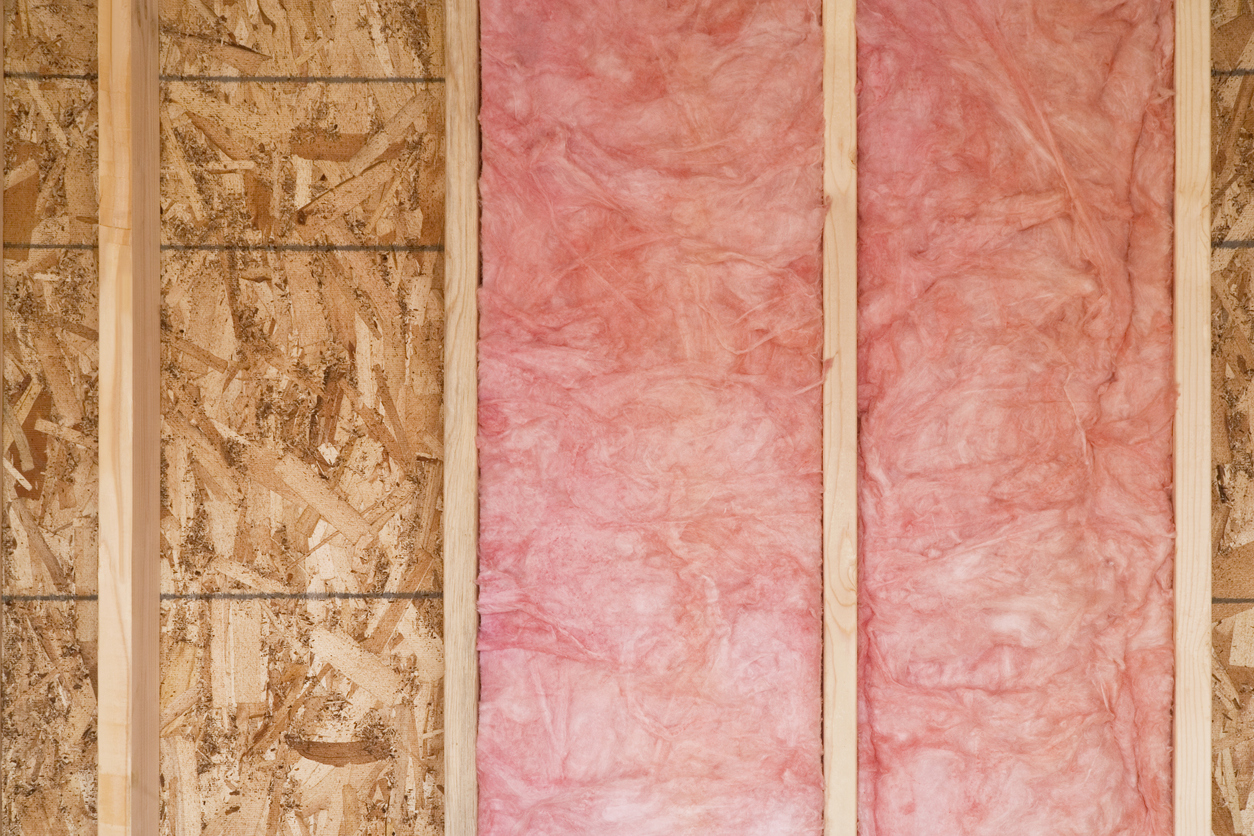Hammer down on energy use through these home improvements
Brrrr… It’s cold outside and now is the perfect time to learn if your home’s energy efficiency stacks up… or if it needs improvement. Our proposed home improvements will lead to significant savings.
—This article was updated on January 15, 2024.
Think of your home as a system: the building envelope, mechanical systems, indoor and outdoor environment and even the occupants. For example, if you buy a new furnace but your windows and doors are poorly sealed, the efficiency gains of that investment could literally be leaking out through those cracks. So, before you put any money into energy upgrades, learn what an energy-efficient home comprises. Then read our top tips for improving your home’s energy efficiency to continue to enjoy savings and improved comfort long after your renovation is completed.
Fix the drafts

Tiny cracks or holes around your windows, doors, walls or vents could be letting cold air in during the winter and warm air in the summer, driving up your heating and cooling bills. See the Keeping The Heat In guide to find air leaks and drafts around your home. If you detect leaks, apply weatherstripping or caulking to fill any gaps.
Get your ducts in a row
When was the last time you checked your heating, ventilation and air conditioning (HVAC) system? Space heating is 61% of your home’s energy use, so it is important to make sure that your HVAC system is running as efficiently as possible.
Get your “ducts in a row” by conducting regular maintenance on your HVAC system:
- get your system serviced yearly (this includes space heating)
- change the air filter every 3 months because dirty filters make a furnace work harder
- empty (bleed) the air from radiators once or twice a year so that they can fill fully with water, and insulate hot water pipes to save on heating costs
- vacuum the radiators to prevent dust build-up and keep them running efficiently
Consult your owner’s manual for maintenance of all heating, cooling and ventilation equipment.
HVAC systems: The ins and outs
Significantly reduce your annual energy bill and create a healthier, more comfortable living environment with an HVAC system that is well-tuned and operating efficiently.
Although a qualified service technician should perform annual maintenance and efficiency tune ups, homeowners can also do some of the work. Start by learning the type and age of your system. Keep in mind that HVAC systems work differently depending on the climate.
Ask the expert: Get an energy efficiency home evaluation
An energy-efficient home is comfortable, healthy, environmentally friendly and cost-effective.
During an energy efficiency evaluation, an energy advisor will assess your home from basement to attic. Getting an EnerGuide home evaluation is a simple process that can help you understand how your home uses energy and identify upgrades to help improve its energy performance.
Are you ready for more energy savings?
Install new windows
Did you know that there are ENERGY STAR® certified windows? You might not think of windows as part of the energy equation. However, they play a key role in ensuring that the energy your home generates or that it absorbs from the sun stays locked inside.
Windows can be a significant source of energy loss and upgrading to more energy-efficient models can lead to big savings. Replacing all the windows in your home with ENERGY STAR certified models can save you an average of 45% on your energy bills! The energy savings and increased home comfort are well worth the investment.
Upgrade your heating system
About two thirds of the energy you use in your home is for heating and cooling. Upgrading to a heating system that uses ENERGY STAR certified products makes sense because they use 5 to 45% less energy than standard models, on average. With those kinds of savings, you’ll have more to invest in home decor after your renovations are complete!

Don’t forget the basement
Many people don’t use their basements, so it’s easy to overlook how they might be affecting your home’s energy use. Did you know that basements can account for up to 20% of your home’s total heat loss because of poor insulation? Take a minute, go downstairs, and get to know your basement.
Next, check your attic insulation. It depends on what kind of attic you have, but generally speaking: make sure your attic has enough insulation, no leaks, and good ventilation and vapour control. Also verify that animals haven’t moved in.
Learn how to keep the heat in your attic.
Learn more and connect with us
Looking for more tips on energy efficiency? Follow ENERGY STAR Canada on X, Facebook, Pinterest and LinkedIn to maximize your energy savings and get the latest on energy-efficient products.
Page details
- Date modified:


